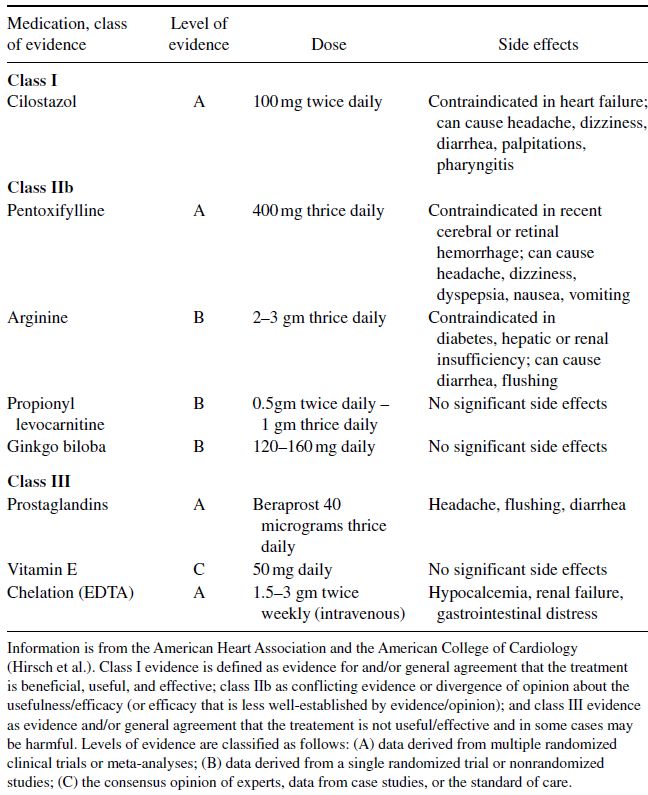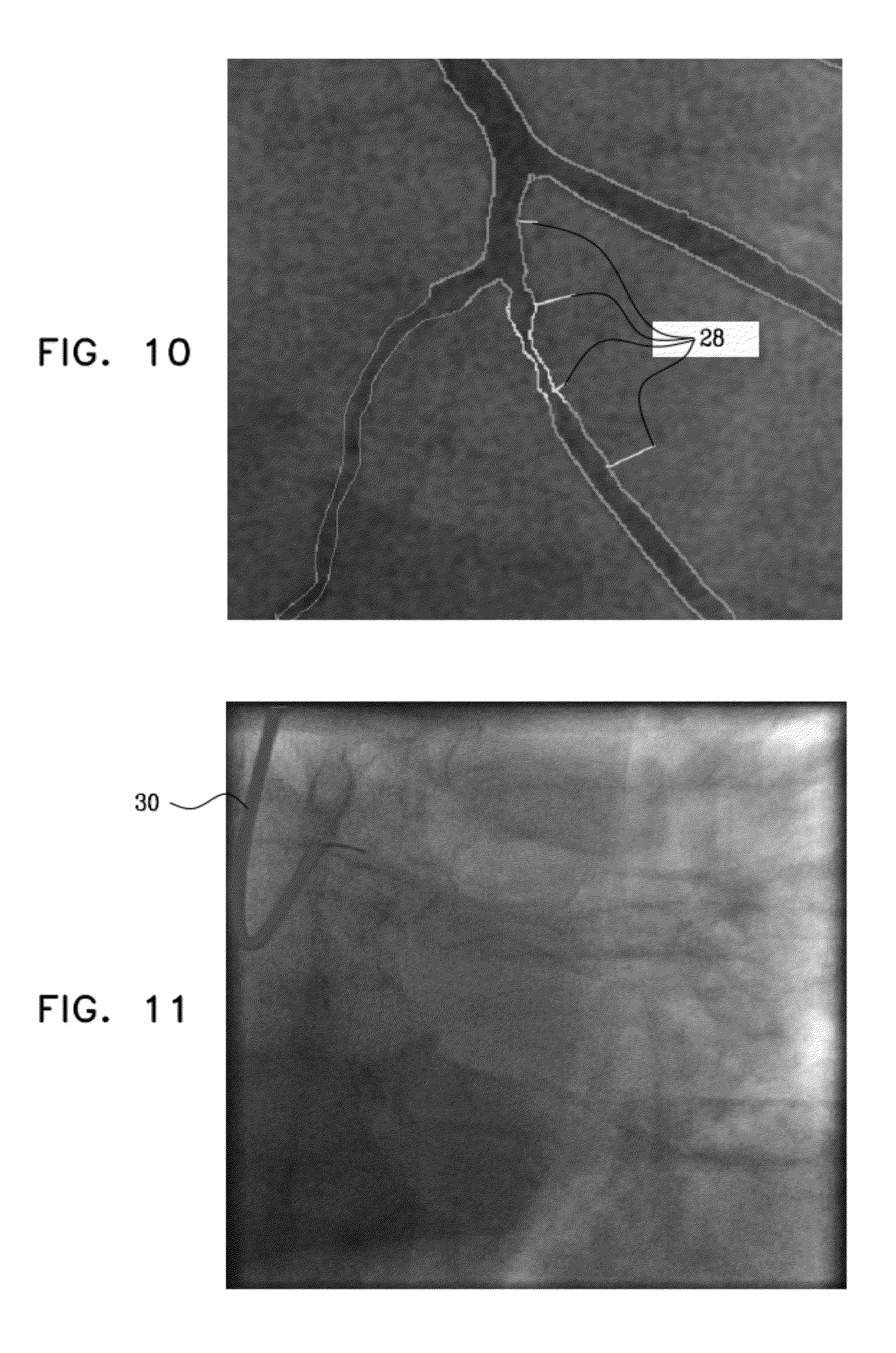

NCAD bears a distinct relationship to traditional CVD risk factors among diabetics, though like PAD is independently associated with increased CAC. Both PAD and NCAD were independently associated with increased CAC compared to those with normal ABI, and these relationships were not attenuated in multiply adjusted models. Multivariate logistic and Tobit linear regression were used to compare CVD risk factors and coronary artery (CAC) among 1863 subjects with PAD (ABI ≤ 0.9), NCAD (ABI ≥ 1.4 or non-compressible) or normal ABI (0.91-1.39).Ĭompared to those with normal ABI, PAD was associated with smoking, obesity, and lower HDL-c while diabetes duration and reduced renal function were associated with NCAD. The Penn Diabetes Heart Study (PDHS) is a prospective observational cohort of diabetic individuals without clinically evident CVD. Our objective is to investigate whether low and high ABI have distinct patterns of association with cardiovascular disease (CVD) risk factors and subclinical atherosclerosis in individuals with type-II diabetes mellitus. A high ABI represents non-compressible arterial disease (NCAD), and is also associated with increased mortality and vascular events. A low ABI identifies obstructive lower extremity vascular disease and predicts CVD events and increased mortality. This suggests that calcification of atherosclerotic plaque yields other information in addition to merely the presence of plaques, providing novel insights into the etiology of vascular brain disease.Ankle-brachial index (ABI) screening is recommended for the detection of asymptomatic peripheral arterial disease (PAD) in at-risk populations, including diabetics. Most notably, larger intracranial carotid calcification load relates to larger WML volumes, and larger extracranial carotid calcification load relates to the presence of cerebral infarcts, independently of ultrasound carotid plaque score. No associations were found between calcification and cerebral microbleeds.Īrterial calcification in major vessel beds is associated with vascular brain disease on magnetic resonance imaging. Adjustment for cardiovascular risk factors or ultrasound carotid plaque scores did not change these results. The most prominent associations were found between intracranial carotid calcification and WML volume and between extracranial carotid calcification and infarcts. Calcification in each vessel bed was associated with presence of cerebral infarcts and with larger WML volume. Brain magnetic resonance imaging scans were performed to assess cerebral infarcts, microbleeds, and white matter lesions (WMLs).

We investigated the relationship between calcification in various vessel beds outside the brain and imaging markers of vascular brain disease.Ī total of 885 community-dwelling people (mean age, 66.7 years) underwent computed tomography of the coronary arteries, aortic arch, and extracranial and intracranial carotid arteries to assess arterial calcification. However, its relationship with cerebrovascular disease has not been investigated extensively. Calcification in atherosclerotic plaques is a novel marker of atherosclerosis and is related to cardiovascular disease.


 0 kommentar(er)
0 kommentar(er)
